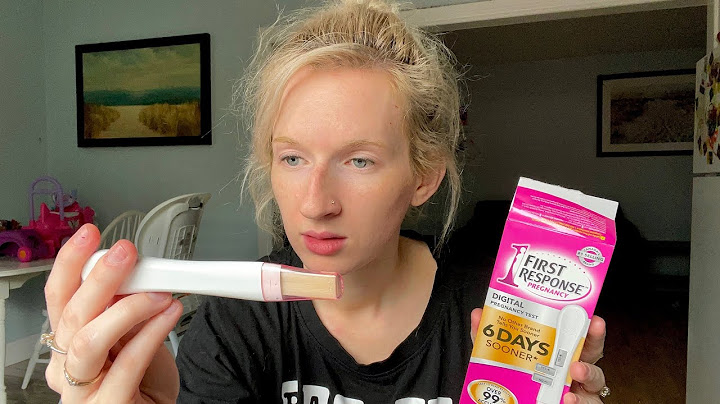Whether you have high blood pressure and have been diagnosed with hypertension or prehypertension, getting regular aerobic exercise such as brisk walking can help lower it. A review of the exercise recommendations for hypertension noted that exercise had as much effect on blood pressure as many medications. Show
Regular exercise can lower your systolic blood pressure (the higher number) by 4 to 9 millimeters of mercury (mm Hg). Doing three to four shorter bouts of exercise throughout the day may help as much as a longer workout. High Blood Pressure RecommendationsThe American Heart Association says, "If you need to lower your blood pressure or cholesterol, aim for 40 minutes of moderate to vigorous physical activity three to four times per week." The Canadian Hypertension Education Program offers the same recommendations. While aerobic exercise such as brisk walking was still a top recommendation because it has the most effect, they also included dynamic strength exercise. Their recommendation for an exercise regimen is "a combination of 30 min or more per day of moderate-intensity aerobic exercise on most, preferably all, days of the week and dynamic resistance exercise 2 to 3 days per week to total 150 minutes or more of exercise per week." Exercise for PrehypertensionPrehypertension is a condition with elevated blood pressure that often progresses to high blood pressure (hypertension). Uncontrolled high blood pressure increases your risk of heart attack, kidney failure, and stroke. Prehypertension can be treated with diet and exercise to help prevent it progressing to hypertension. If your blood pressure has been creeping up, studies have shown that taking short, brisk 10-minute walks three to four times a day can decrease your blood pressure. This can be a good alternative for busy people who can't make time for a longer session of exercise. Brisk Walking BenefitsYou can reduce your blood pressure with either one long or a few shorter bouts of exercise throughout the day. It's great to have a continuous exercise session of 30 minutes or more most days of the week. If you can't set aside that much time, most people can fit in shorter walks on their way to and from work or school, and during breaks and lunches. The key is to have at least 10 minutes of continuous activity at moderate-to-vigorous exertion that adds up to at least 30 minutes per day. Is Your Exercise Intense Enough?The question is—are you walking briskly so your pulse and breathing are intensified, or are you just taking an easy stroll? Brisk walking is moderate-intensity exercise, while an easy walking pace is light-intensity. One way to measure your walks is to wear a fitness monitor such as a Fitbit that notes continuous exercise sessions of at least 10 minutes at a pace fast enough for moderate intensity. Many monitors also measure your heart rate to ensure you are in the moderate-intensity zone. These active minutes are totaled by such monitors so you can tell at a glance whether you are meeting the recommendations. When to See Your DoctorThe American Heart Association notes that most healthy adults can get started with exercise without needing to see their doctor first. However, if you have a chronic condition you can talk to your doctor about what types of exercise are best for you and a schedule for building your tolerance of exercise safely. A Word From VerywellYou can enjoy a variety of types of exercise to lower your blood pressure. The key is finding the ones that fit well into your lifestyle. If you discover you aren't getting enough dedicated exercise time, find ways to work shorter bouts into your day. Verywell Fit uses only high-quality sources, including peer-reviewed studies, to support the facts within our articles. Read our editorial process to learn more about how we fact-check and keep our content accurate, reliable, and trustworthy. Additional Reading
 By
Wendy Bumgardner Thanks for your feedback! Does walking lower blood pressure immediately?Ten minutes of brisk or moderate walking three times a day
Exercise lowers blood pressure by reducing blood vessel stiffness so blood can flow more easily. The effects of exercise are most noticeable during and immediately after a workout. Lowered blood pressure can be most significant right after you work out.
How far should I walk to lower my blood pressure?The findings of this review suggest that a walking regimen—three to five times a week at a moderate intensity for 20 to 40 minutes per session, with at least 150 total minutes per week for approximately three months—can lower systolic blood pressure, diastolic blood pressure, and heart rate in adult men and women with ...
Will 30 minutes of walking lower blood pressure?Just 30 minutes of exercise every morning may be as effective as medication at lowering blood pressure for the rest of the day.
How long should I walk if I have high blood pressure?Go for moderate activity, like brisk walking, at least 30 minutes a day, at least 5 days a week. If you're short on time, vigorous activity, like jogging, gives you the same benefit in 20 minutes, 3 to 4 days a week. If you're not active today, gradually work up to this amount of exercise.
Should you go for a walk if your blood pressure is high?For most people, the answer is yes. If you have high blood pressure, you should be able to be more active quite safely. But to be on the safe side, it's always a good idea to speak to your doctor or nurse before you start any new physical activity.
|

Related Posts
Advertising
LATEST NEWS
Advertising
Populer
Advertising
About

Copyright © 2024 membukakan Inc.


















